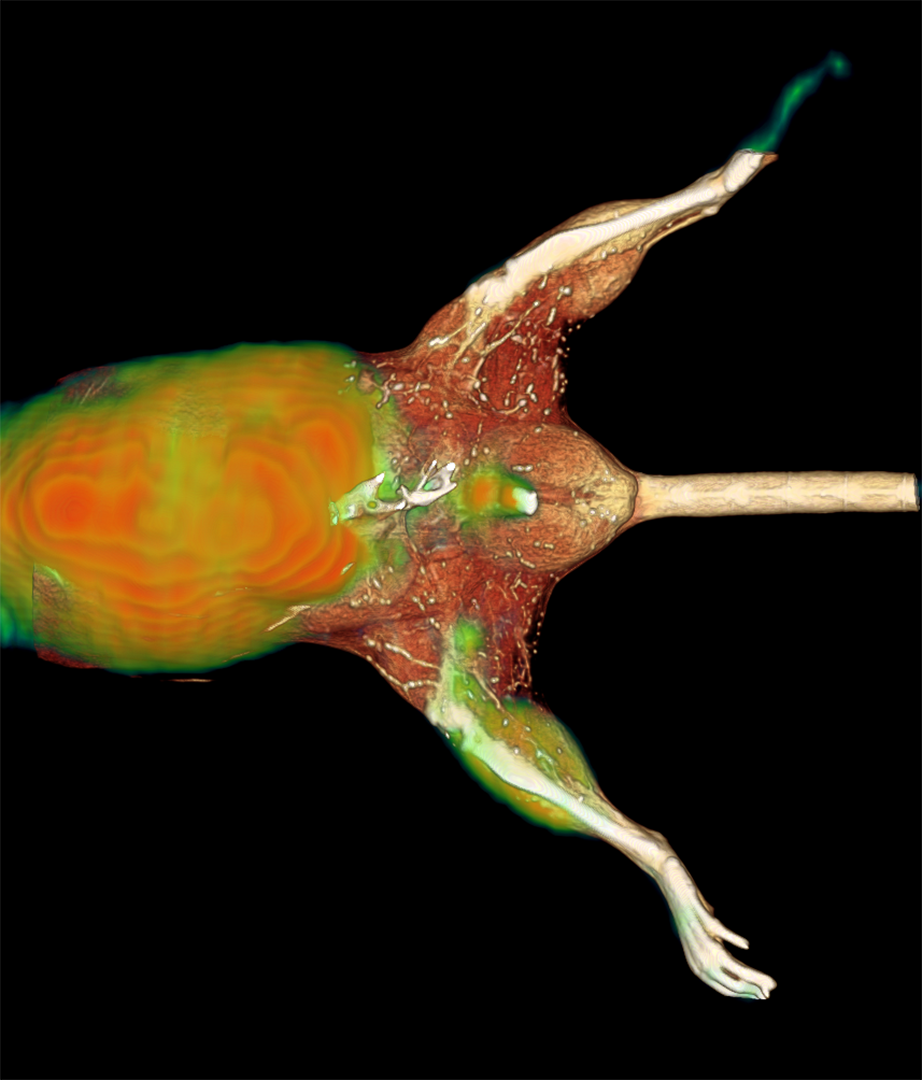Multimodal Vascular Imaging

Using imaging technology to understand blood flow through the body and fight disease
Tracking blood flow through the body is incredibly important. When blood doesn’t flow correctly, as with peripheral artery disease, it can cause gangrene, require amputations and even increase one’s risk of heart attack and stroke. The disease affects as many as 20% of people over the age of 60. Current clinical tools for assessing the disease are limited.
Using imaging technology to understand blood flow through the body and fight disease
Tracking blood flow through the body is incredibly important. When blood doesn’t flow correctly, as with peripheral artery disease, it can cause gangrene, require amputations and even increase one’s risk of heart attack and stroke. The disease affects as many as 20% of people over the age of 60. Current clinical tools for assessing the disease are limited.
The Multimodal Vascular Imaging working group is addressing peripheral artery disease by developing new ways to evaluate blood flow using contrast agents and coming up with ways to continuously monitor blood flow through the body. They’re also working to find ways to use power Doppler ultrasound imaging, which doesn’t require contrast agents. It’s a low-cost, safe technique that uses instruments already available in doctors'
This group includes experts in different modes of imaging: magnetic resonance, ultrasound, nuclear, and light or optical imaging. They use animal models to better understand blood flow through the body, then work with radiologists from the Mayo Clinic to translate their work to clinical trials.
Labs within this group
- Beckman researchers characterize key intermediate in palladium-photocatalyzed reactions
- Beckman announces 2025 research seed grant recipients
- Meet the 2025 Beckman Institute Graduate Fellows
- Beckman researchers named Sloan Research Fellows
- Beckman announces 2024 research seed grant awardees
- Beckman’s Stephen Boppart leads $33M effort to improve cancer surgery
Beckman Institute for Advanced Science and Technology